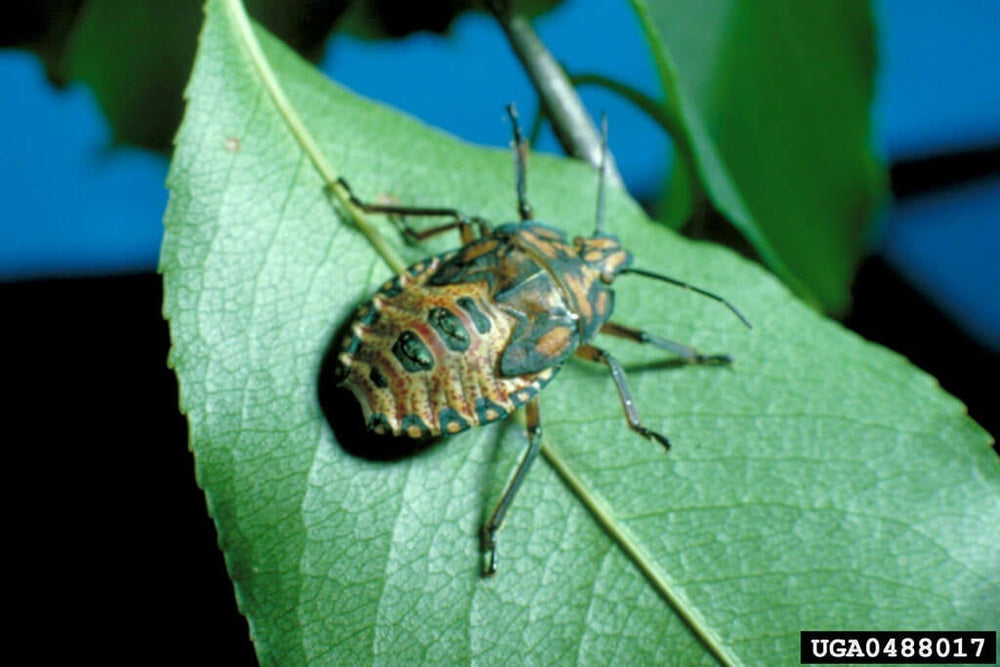
Whether you call them stink bugs, shield bugs, or plant bugs, these insects can make their way into your garden in high numbers. And while you may never get rid of them entirely, there are plenty of things you can do to reduce their numbers. Here's how to manage stink bugs and save your plants.
How to get rid of stink bugs
What are stink bugs?
Plant bugs, including stink bugs and shield bugs, are a group of insects that damage plants by sucking sap. As a result, fruits can become misshapen or scarred, flowers don't open properly or buds drop, and plant growth becomes distorted.
Stink bugs get their name from the tell-tale unpleasant odor they emit when threatened or injured. If you've ever squashed one, you know what we're talking about! In recent years, the invasive brown marmorated stink bug has spread across the U.S.
The good news is, stink bugs are more of a nuisance than a danger to people. They do not bite or spread disease. But that doesn't mean you want them hanging around, either! Here are some practical ways to remove—or at least reduce the number of—stink bugs in your garden.
How do I get rid of stink bugs?
You can help prevent stink bugs from entering your garden by planting French marigolds, buckwheat, or purple tansy, which are known to attract their enemy, parasitic wasps. The wasps lay their eggs in stink bug eggs, killing the developing insect. Additionally, growing garlic, catnip, lavender, thyme, chrysanthemum, and even radishes, will help repel stink bugs.
If numbers are low, you can hand-pick the insects and drop them in soapy waters (don't crush them!). When disturbed, most stink bugs drop downward, so if you hold the container of soapy water beneath them, they'll fall in. If you spot clusters of barrel shaped eggs on the underside of leaves or newly hatched nymphs, be sure to crush or remove them, too.
In most cases, stink bugs aren't usually present in large enough numbers to warrant spraying. However, if they start causing more damage than you can tolerate, spray them with a product containing pyrethrin, such as Ortho® Insect, Mite & Disease 3-in-1 Ready to Use, according to label directions. But manage your expectations—the spray will only work on the bugs it comes in contact with.
Need more info and local pesticide recommendations? Contact your regional Extension agent. You can find the nearest Extension office through the Cooperative Extension System map.
Stink bugs, well, stink. They're a nuisance, and in large enough numbers, can damage your plants. Luckily, they're easy to remove by hand when you catch them early—just one more reason to spend time each day in your garden.








 Herbs
Herbs
 Vegetables
Vegetables
 Fruit
Fruit
 Flowers
Flowers
 Succulents
Succulents


